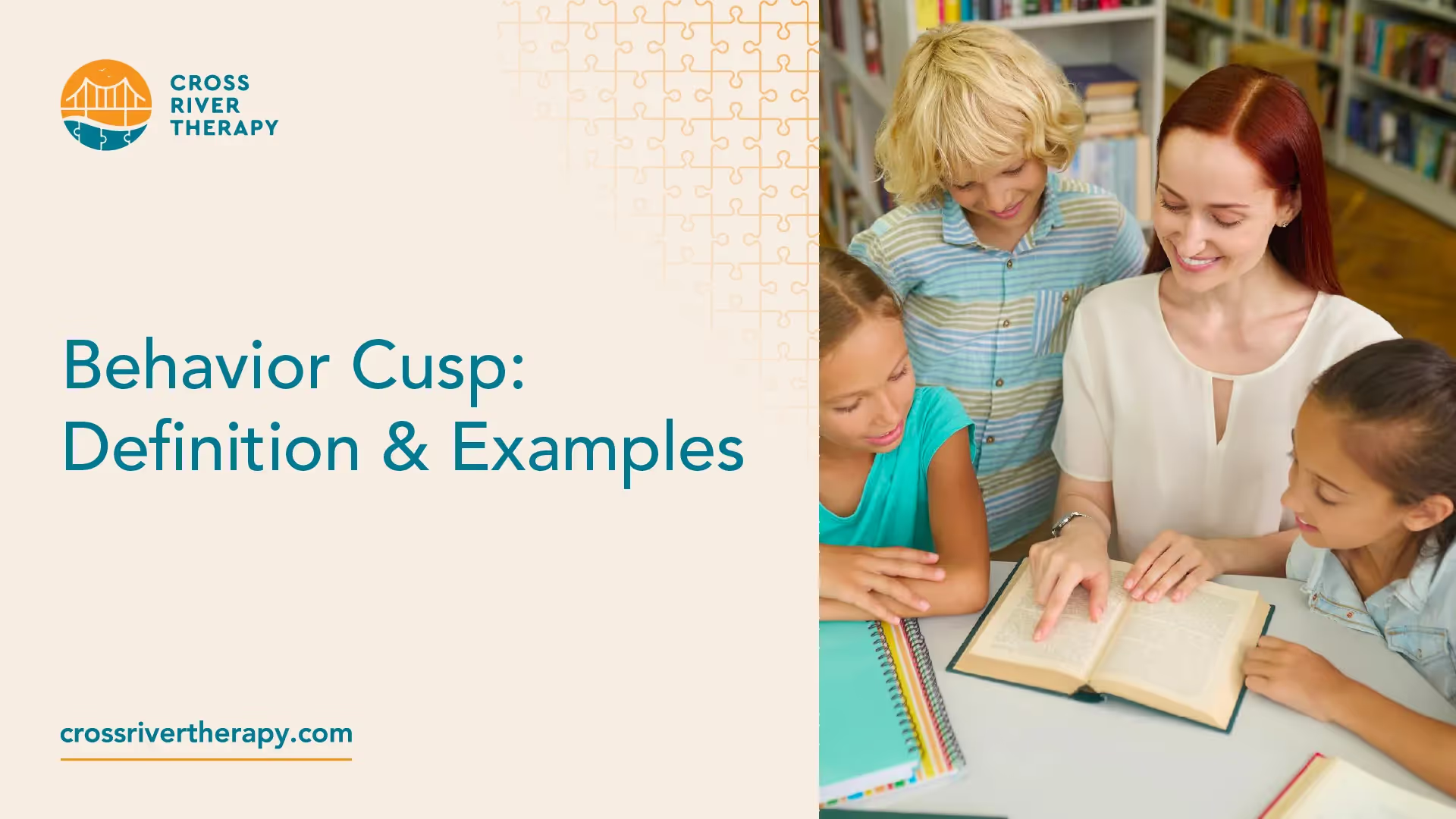Behavior Cusp: Definition & Examples
A behavior cusp is a behavior that has the effect of giving the learner new opportunities, obstacles, and insight for reinforcement that previously wasn't accessible to them.

What Is a Behavior Cusp?
A behavior cusp is a behavior that has the effect of giving the learner new opportunities, obstacles, and insight for reinforcement that previously wasn't accessible to them. It can also open up punishment.
Behavior cusps help lead the learner to show behaviors that are new while maintaining those that existed previously, but in a new fashion. This can be done without direct teaching, almost in an instinctive way.
Another way of describing it would be that behavior cusps are behavioral changes that have consequences that stretch past the change that was made.
After behavior cusps are taught to a child, they then have access to new freedoms and experiences that they had no idea about before.
Therapists usually have their clients gain skills that'll assist them in gaining access to profound opportunities later in their lives. It's the same as the parents of the clients that they teach.
Examples of a Behavior Cusp
Language development can be used as an example of a behavior cusp. Some kids don't have to rely on their language since what they need is already known, or taken care of.
Still, giving verbal communication to a child and getting to understand their lingo could open up a barrier for them to show interest in something, where they become participants instead of exhibiting antisocial behavior. In this sense, behavior cusps are skills in the language.
In another example, a behavior cusp can be picked as a goal when necessary. They're behaviors that profoundly broaden a child's range of skills to new environments and stimuli. In this regard, a child learning how to read one basic behavior cusp, as is a baby learning how to crawl, or when they begin taking their first steps.
However, behavior cusps are exclusively learned by children. Almost anyone can gain new insight this way, sometimes without even knowing it. Younger generations are known to teach the elderly how to use certain types of technology.
For them, doing something as simple as calling someone on a flip phone might be incredibly difficult. Smartphones could have an even tougher level of difficulty.
An older individual might not be able to call often, due to the difficulty of handling the tech. Yet teaching them how to power it on, open specific applications to make calls and texts, and helping them set up a social media account can give them access to their children in a way they would have never dreamt was possible in years past.



